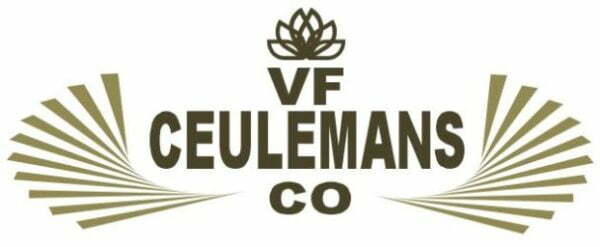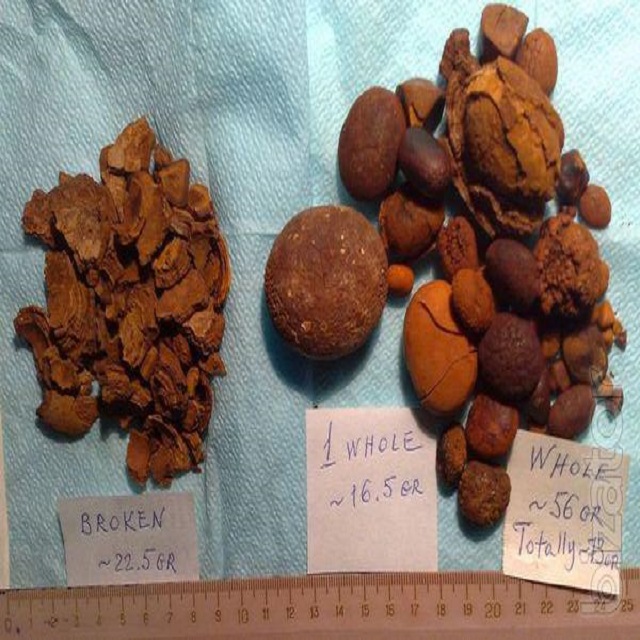Intro:
Buy cow gallstones—also referred to as bovine bezoars—are a highly sought-after commodity in certain parts of the world, prized for their alleged medicinal properties and cultural significance. Although obscure to the average consumer, the possession and distribution of cow and ox gallstones is a multimillion-dollar trade, particularly vibrant in East Asia and parts of the Middle East.
In this article, we’ll explore the origins, collection, legal status, distribution practices, and economic impact of cow and ox gallstones worldwide. Whether you’re a researcher, trader, or simply curious, this guide will give you deep insights into the growing global market for bovine gallstones.
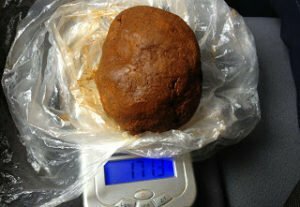
What Are Cow and Ox Gallstones?
Buy cow gallstones are hard, pebble-like substances formed inside the gallbladder of animals due to cholesterol, bile pigment, and calcium salts. In cattle, these stones are sometimes naturally excreted or discovered during slaughter.
Cow and ox gallstones—also known as “bezoars”—are not medicinally valuable in the Western pharmaceutical world, but in Traditional Chinese Medicine (TCM) and Ayurvedic medicine, they are believed to have detoxifying and antipyretic properties.
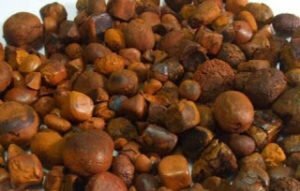
Origins and Collection of Buy cow gallstones
Buy cow gallstones are primarily by-products of the meat industry. When cattle are slaughtered, especially in regions with older or grass-fed animals, butchers occasionally find gallstones during organ extraction. These stones are then cleaned, dried, and stored.
Key Source Countries:
-
India
-
Brazil
-
Australia
-
Argentina
-
United States
-
Pakistan
-
New Zealand
Countries like India and Brazil, where cattle farming is prominent, are top contributors to the gallstone export industry. It’s important to note that no animal is killed solely for gallstones—it’s a by-product of slaughterhouses.
Types and Grading of Gallstones
The value of Buy cow gallstones depends on weight, color, dryness, and purity. They are usually graded based on:
-
Color: The most valuable stones are golden-yellow or reddish-brown.
-
Dryness: Dry stones weigh less and are preferred in the market.
-
Purity: Stones with no impurities, cracks, or soft patches fetch a higher price.
-
Size: Larger stones are rarer and more expensive.
High-quality gallstones can fetch USD 15,000–45,000 per kilogram on the international market.
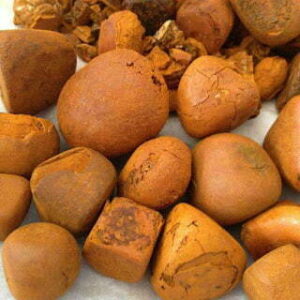
Global Demand and Usage
Cow and ox gallstones are in demand mostly in China, Hong Kong, Singapore, South Korea, and Japan, where they are ground into fine powder and used in traditional remedies or as ingredients in some luxury formulations.
Common Uses:
-
Fever reduction
-
Anti-inflammatory applications
-
Detoxification
-
Liver and bile duct treatments
-
Ingredient in high-end TCM products
The use of Buy cow gallstones is deeply rooted in traditional medicine systems, and while modern medical science offers limited endorsement, cultural and historical beliefs keep the demand alive.
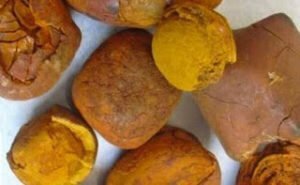
Legal Aspects of Possession and Trade
The possession and distribution of cow and ox gallstones fall into a gray area in many jurisdictions. Here’s a breakdown of how various countries handle the trade:
Legal in Most Countries
In nations like India, Brazil, and Australia, gallstones are collected and sold legally as part of cattle processing. Traders are advised to obtain veterinary certifications verifying that the gallstones are derived from naturally slaughtered animals.
Restricted or Monitored Trade
In countries like China and South Korea, gallstones can be imported but must go through health and customs regulations to ensure they are safe and not derived from endangered species.
Illegal or Highly Regulated
Some countries restrict the export or import of any animal-based organ material. Always check with the local customs authorities before attempting to trade gallstones internationally.
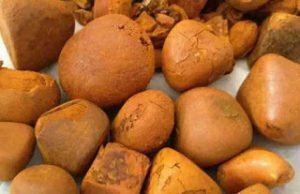
Distribution and Export Market
The distribution of cow and ox gallstones is largely underground or informal, yet it is slowly moving toward a more structured export market.
Methods of Distribution:
-
Slaughterhouse Procurement
Workers collect gallstones post-slaughter and sell them to middlemen. -
Middlemen and Traders
Traders clean, dry, and grade the gallstones, sometimes smuggling them or exporting them with disguised documentation. -
International Buyers
Many buyers from China and Hong Kong purchase gallstones in bulk for processing and resale. -
Online Marketplaces
Some listings for “ox bezoars” or “cow gallstones for sale” appear on niche B2B websites. However, they are often quickly removed due to policy violations.
Pricing Overview:
-
Top-quality gallstones: $20,000–$45,000 per kilogram
-
Lower-grade gallstones: $10,000–$15,000 per kilogram
Given the high value, counterfeiting is common. Traders often dye soap or resin to mimic real gallstones, making proper sourcing critical.
Risk Factors and Ethical Concerns
Ethical Dilemmas
Though no animals are slaughtered solely for gallstones, the trade raises questions:
-
Are animals being exploited for secondary markets?
-
Is there a risk of incentivizing unethical slaughter practices?
Legal Risks
-
Customs seizure for undeclared or mislabeled gallstones.
-
Imprisonment or fines in countries where the trade is illegal.
-
Fraud accusations if synthetic or fake gallstones are sold.
Health Risks
-
Consumption of unregulated animal matter can lead to pathogen exposure, especially if Buy cow gallstones are not sterilized properly.
Best Practices for Traders
To trade cow and ox gallstones legally and ethically, follow these guidelines:
1. Certification
Ensure all gallstones are collected from government-licensed slaughterhouses and come with veterinary certificates proving origin.
2. Compliance
Check with customs and trade departments in both source and destination countries before exporting or importing.
3. Laboratory Testing
Have gallstones tested for authenticity and purity. This helps avoid counterfeit claims and builds buyer trust.
4. Sustainable Sourcing
Work only with meat processors who adhere to animal welfare guidelines.
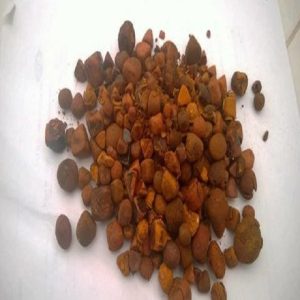
Future of the Gallstone Market
The market is likely to grow steadily, with China continuing to drive global demand. However, regulatory tightening and ethical scrutiny could push traders toward alternative synthetic products or plant-based substitutes in traditional medicine.
Tech innovations like blockchain for provenance tracking and lab-grown bezoars may also shape the future of this niche trade.
Conclusion about Buy cow gallstones:
The possession and distribution of cow and ox gallstones is a lesser-known yet highly lucrative global trade rooted in traditional medicine. While legal in most countries, the business operates in a tightly scrutinized environment due to ethical, health, and regulatory concerns.
As awareness grows and demand continues, it is crucial for participants in this trade to operate transparently, ethically, and in compliance with all applicable laws. Whether you’re looking to buy ox gallstones, start a trading venture, or understand global gallstone dynamics, knowledge and caution are your best allies.

